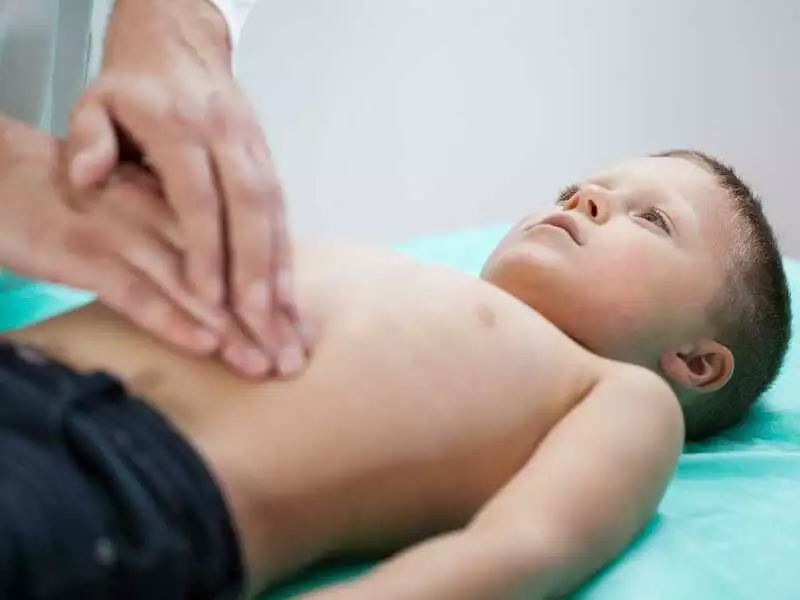Achondroplasia is classified as a genetic disease, occurring once in every 28,000 live births. The disease manifests itself in infancy, producing symptoms such as changes in the appearance of the limbs or changes in the circumference of the infant's head. People with achondroplasia can live and function normally - it is important to follow medical advice. Below - causes of the disease, symptoms and treatments for achondroplasia.
What causes achondroplasia?
Achondroplasia is a genetic disease, which means that a mutation in a specific gene is responsible for its occurrence. Genes are the smallest units of inheritance that are found in every cell of the body. They are responsible for 'coding' specific information, such as eye colour, hair structure, nose shape and others. In addition, there are specific genes that are responsible for the proper functioning of all processes in the body - such as respiration or digestion. We each have our own 'set' of genes, which combine during the process of conception to create the unique being that is the developing child.
Mutations - sudden or spontaneous, triggered by external factors (e.g. radiation, certain chemical compounds), irreversible changes in the structure of a gene - are responsible for gene malfunctions. Due to such "damage", there is an irreversible problem with the proper functioning of the genes and, consequently, with the functioning of the organism. In the case of achondroplasia, the underlying cause of the disease in almost 99 % of cases is due to a mutation in a gene that is referred to in the literature as FGFR 3, which in practice is responsible for the maturation and function of fibroblasts.
The result of the mutation is overactivity of the gene, which causes inhibition of cartilage tissue development, resulting in abnormalities in skeletal bone development.
Clinical form of the disease
The genetic basis of the disease, represents the cause of the disease. Clinical signs that can be observed once the child is born are :
- Disproportionate limbs,
- Shortened arms and thighs,
- Short fingers, often deformed, which look like a "trident",
- Enlarged head circumference,
- Narrowed chest,
- Decreased muscle tone.
Once any of the above clinical signs are observed, the doctor usually decides to carry out radiological examinations of the skeleton.

photo shutterstock
In children with achondroplasia, the following changes have been found on radiological examination :
- Narrowing of the great aperture of the skull,
- Reduction of the skull base,
- Shortened and flattened long bones,
- Flattening of the vertebral bodies,
- Narrowing of the ischial notch in the ischium,
- Specific translucency in the femoral image,
- Characteristic changes in the epiphysis of the long bones,
- Short phalanges.









